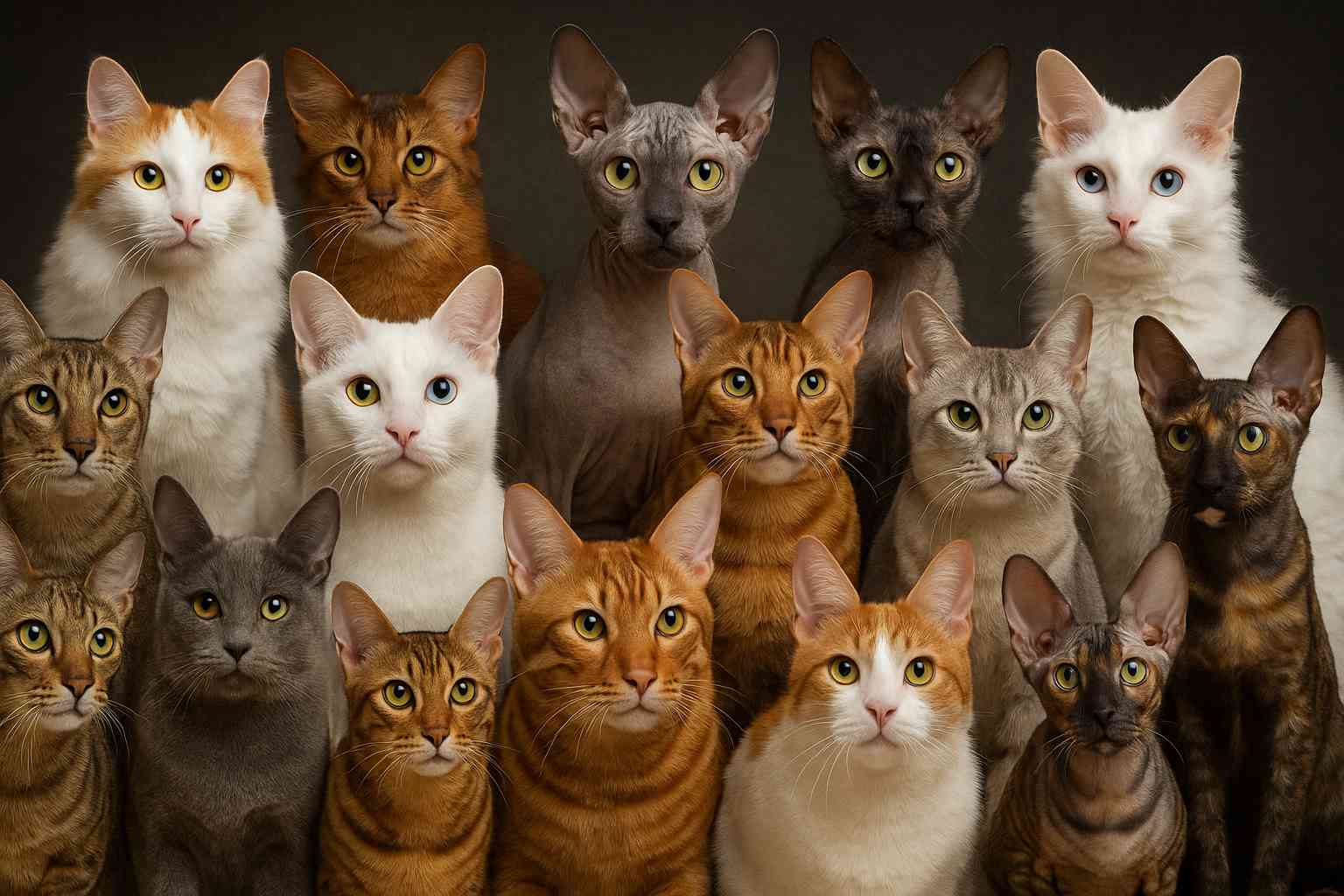Cats are among the most beloved pets worldwide, but beyond the familiar breeds like Persians or Siamese, there’s a whole world of unique, rare beautiful cats that captivate with their beauty, intelligence, and quirks. These breeds often have intriguing histories, unusual features, and charming personalities, making them irresistible to feline enthusiasts. Below, we explore 15 rare beautiful cats that are as adorable as they are fascinating.
1. Sokoke
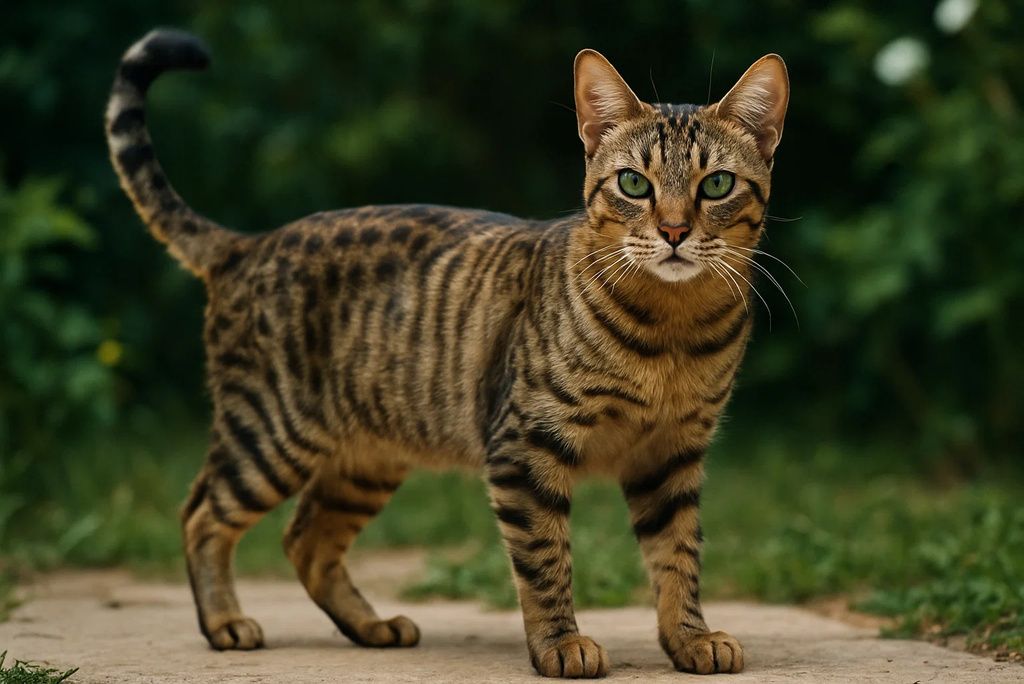
Originating from the Arabuko Sokoke Forest in Kenya, the Sokoke is one of the rarest domestic cat breeds. Known for their slender, athletic build and blotched tabby coats that resemble tree bark, Sokokes are highly intelligent and active. They enjoy climbing, playing, and engaging in problem-solving activities, making them ideal companions for interactive households.
Sokokes have a wild, exotic look but are affectionate with their families. Their rarity stems from their limited natural population and low breeding numbers worldwide. Learn more about their conservation and breed standards from The International Cat Association (TICA).
2. Kurilian Bobtail
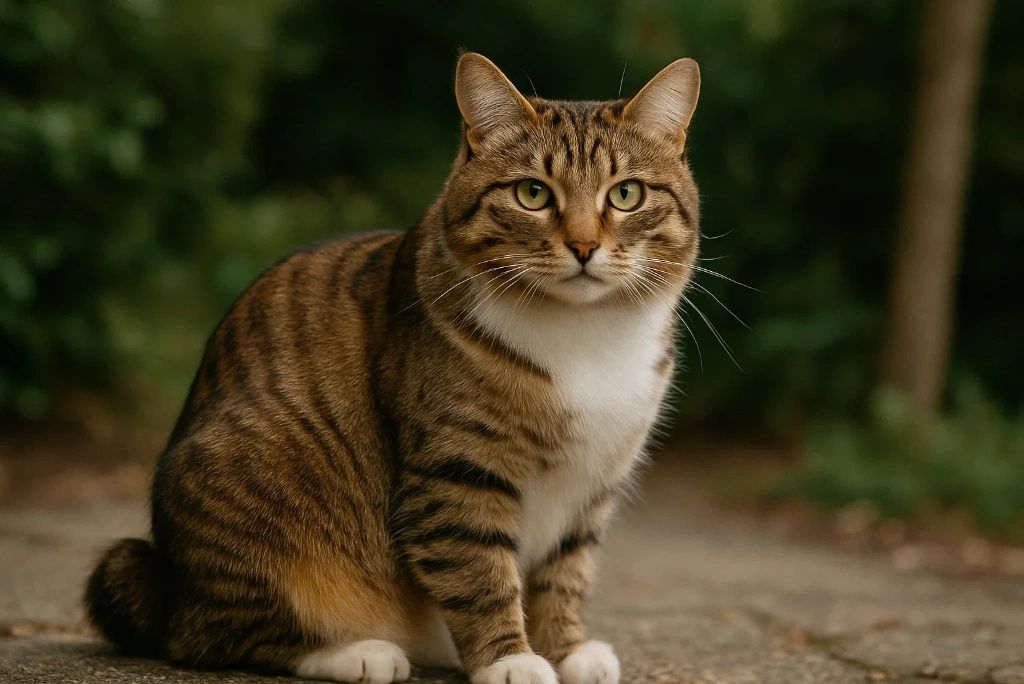
Hailing from Russia’s Kuril Islands, this breed is easily recognized by its pom-pom-like bobbed tail. Kurilian Bobtails are strong, muscular cats with a reputation for excellent hunting skills. Despite their wild appearance, they are affectionate, sociable, and adapt well to family life. Their playful nature makes them great companions for children and other pets.
Kurilians are also surprisingly good at problem-solving and love exploring their environment. These cats are rare outside Russia and Japan, which adds to their allure. More information on their history and temperament can be found at World Cat Federation.
3. LaPerm
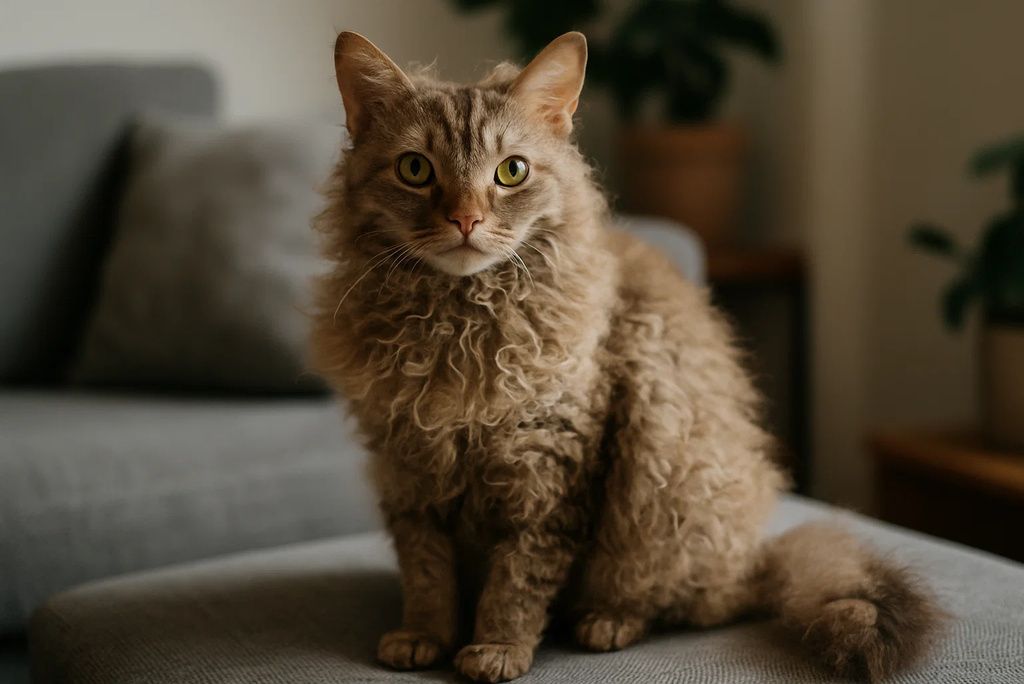
The LaPerm is distinguished by its unique curly coat, which can range from soft waves to tight ringlets. This breed originated in Oregon, USA, in the 1980s due to a natural genetic mutation. LaPerms are known for their affectionate, friendly nature, often following their owners around and seeking constant interaction. Despite their delicate appearance, their coats are low-maintenance and require minimal grooming. These cats are relatively rare cute cat breeds, but are adored by those who appreciate their unusual texture and playful disposition. For details on care and breed information, visit Cat Fanciers’ Association (CFA).
4. Peterbald

The Peterbald, developed in Russia in the 1990s, is a sleek, elegant cat that often resembles the Oriental Shorthair but may be hairless or have a fine coat. These cats are social butterflies, bonding closely with their humans and even enjoying being carried around. Peterbalds are highly adaptable and intelligent, excelling in learning tricks and responding to commands. Their hairlessness requires special care, including regular bathing to remove excess oils. Their rarity and unique appearance make them a prized choice for enthusiasts. Learn more at TICA’s Peterbald page.
5. Caracal Hybrid (Caracat)
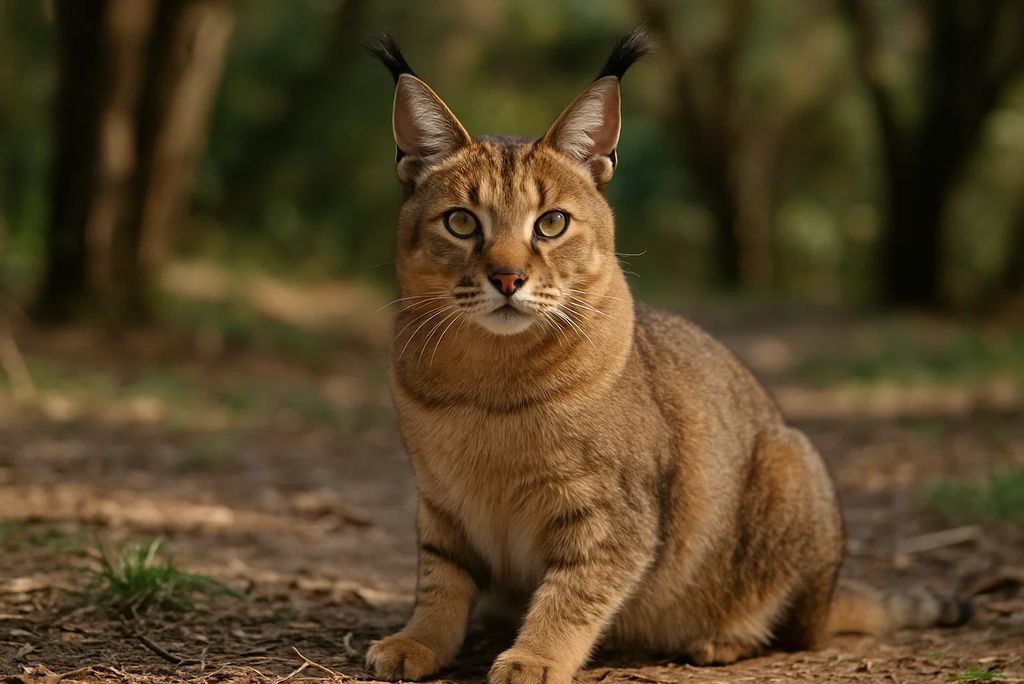
The Caracat is a rare beautiful cat hybrid between a domestic cat and the wild caracal. These cats inherit the Caracal’s tufted ears and majestic, wildcat-like appearance while maintaining a manageable size for domestic life. They require experienced owners due to their energetic and curious nature. Caracals are not fully domesticated and need enriched environments with plenty of stimulation. Because of their hybrid status, they are rare, expensive, and often subject to legal restrictions in various regions. Read about hybrid cat considerations atPetMD.
6. Chausie
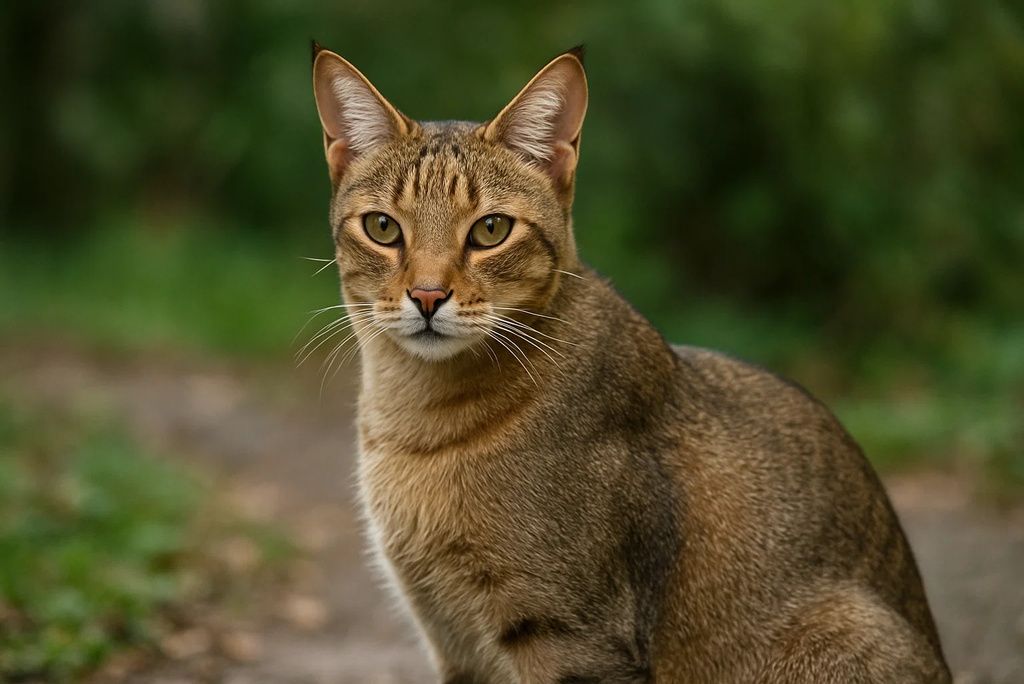
Bred from domestic cats and jungle cats (Felis chaus), Chausies are athletic, lean, and adventurous. They have a wildcat look with large ears and long legs, but are surprisingly friendly and loyal. Chausies are high-energy and require lots of mental and physical engagement. They are also highly social, doing best in homes where they can interact regularly with humans or other pets. Due to their hybrid ancestry, Chausies remain a rare breed, especially outside specialized breeders. Learn more about their care needs at International Cat Care.
7. American Wirehair
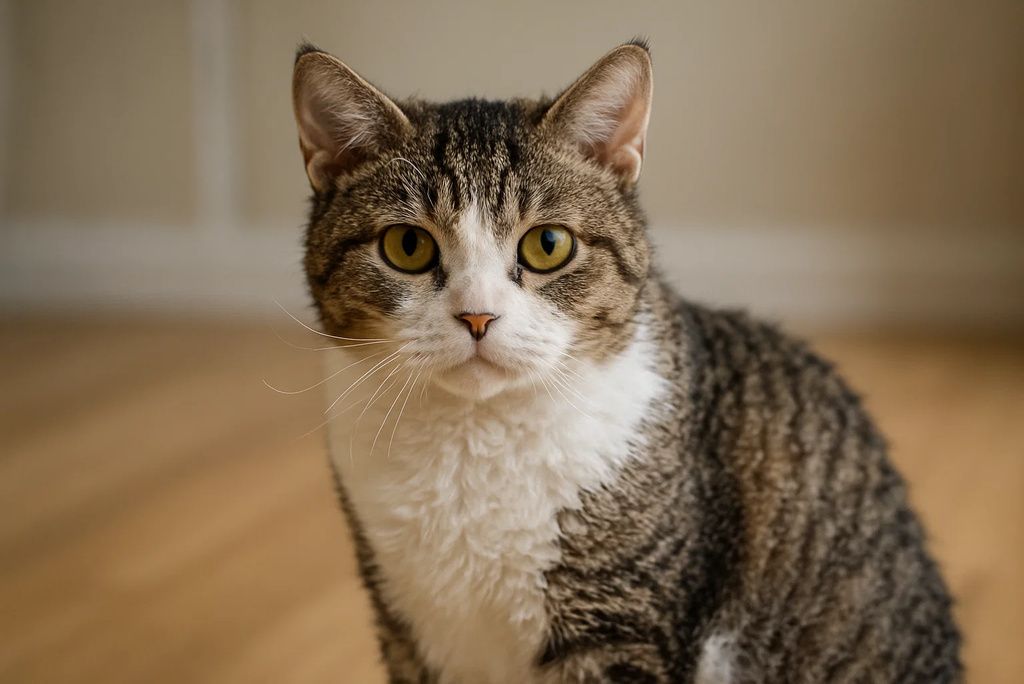
Unique for its coarse, crimped coat, the American Wirehair originated from a natural mutation in New York in the 1960s. Despite their rugged fur texture, these cats are affectionate, gentle, and easygoing. They adapt well to various households, including those with children and other pets. Their wiry fur requires minimal grooming, adding to their appeal for busy owners. However, due to their rarity and limited breeding programs, they remain one of the least common U.S.-origin breeds. More details can be found at CFA’s breed profile.
8. Khao Manee
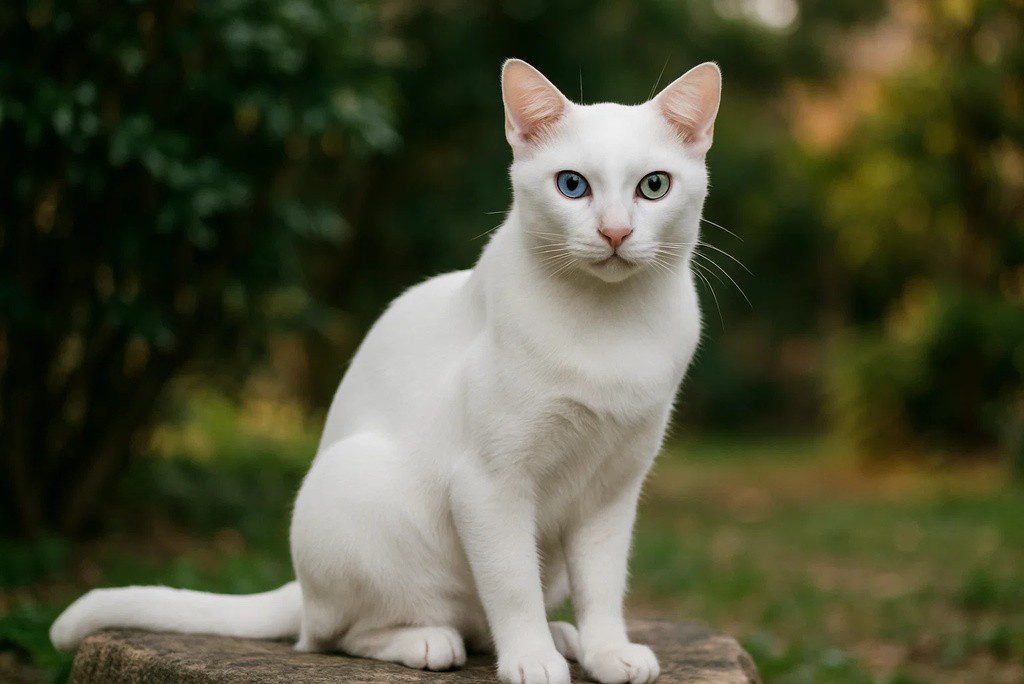
Often called the “White Gem,” the Khao Manee is a stunning breed from Thailand, recognized for its pure white coat and striking eyes, which can be blue, gold, or even odd-colored (one of each). Historically kept by royalty, these cats are said to bring good luck. Khao Manees are affectionate, playful, and highly intelligent, making them wonderful companions. Their rarity outside Thailand makes them especially prized by collectors and enthusiasts. Learn more about their cultural significance at The Spruce Pets.
9. Somali
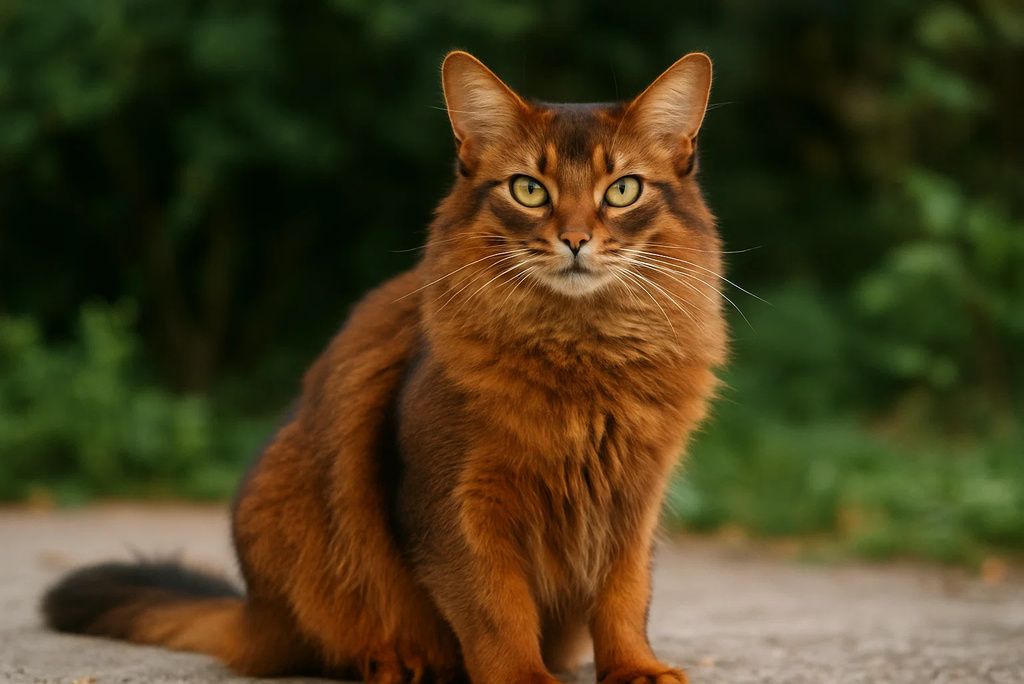
A long-haired relative of the Abyssinian, the Somali boasts a luxurious, foxlike tail and a warm, ruddy coat. These cats are energetic, intelligent, and mischievous, often compared to dogs in their loyalty and playfulness. Somalis are highly interactive and need plenty of stimulation to stay content. Though gaining popularity, they are still relatively rare, especially in regions outside North America. Their active personalities make them best suited for engaged households. More about the breed can be found at CFA’s Somali page.
10. Lykoi

Nicknamed the “Werewolf Cat,” the Lykoi is instantly recognizable for its partially hairless, patchy coat and striking yellow eyes. This breed emerged from a natural mutation in domestic shorthairs. Despite their eerie appearance, Lykois are affectionate, playful, and highly social. They are also skilled hunters, keeping their natural feline instincts sharp. Their unusual look and limited breeding population make them rare beautiful cats and highly sought after by enthusiasts. For more insights into their care, see TICA’s breed standard.
11. Toyger
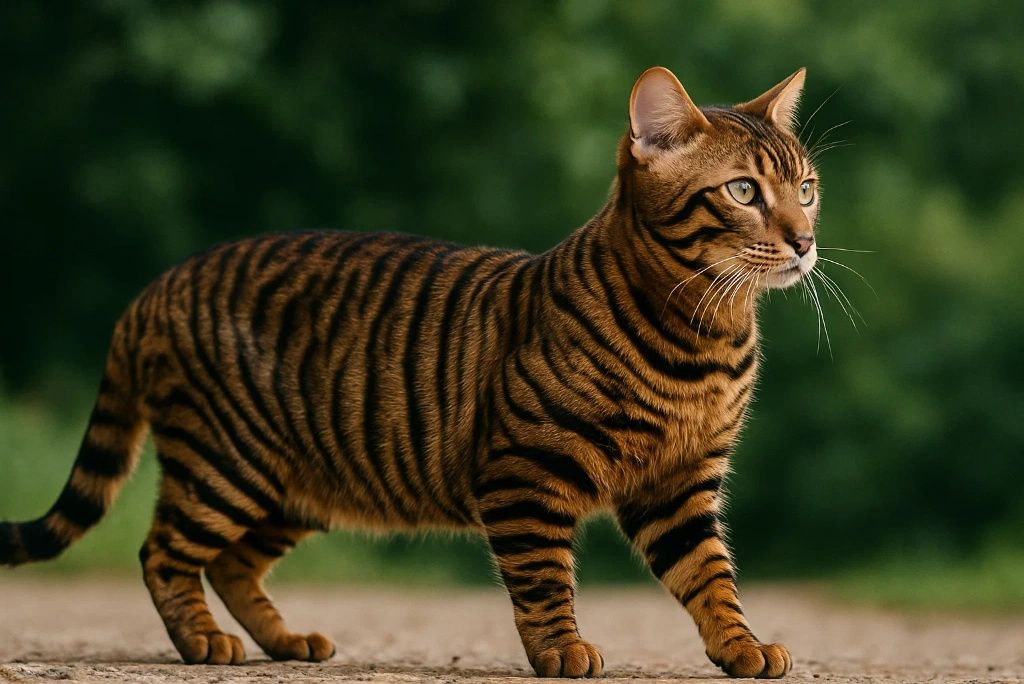
As the name suggests, the Toyger was designed to resemble a miniature tiger. This breed was developed in the 1980s by crossing Bengal cats with striped domestic cats. Toygers are affectionate, trainable, and love engaging in interactive play, making them excellent companions. Their bold striping and muscular build give them a wild, exotic aesthetic without compromising their domestic temperament. They remain relatively rare cute cat breeds with carefully managed breeding programs worldwide. Learn more at International Cat Association.
12. Chartreux
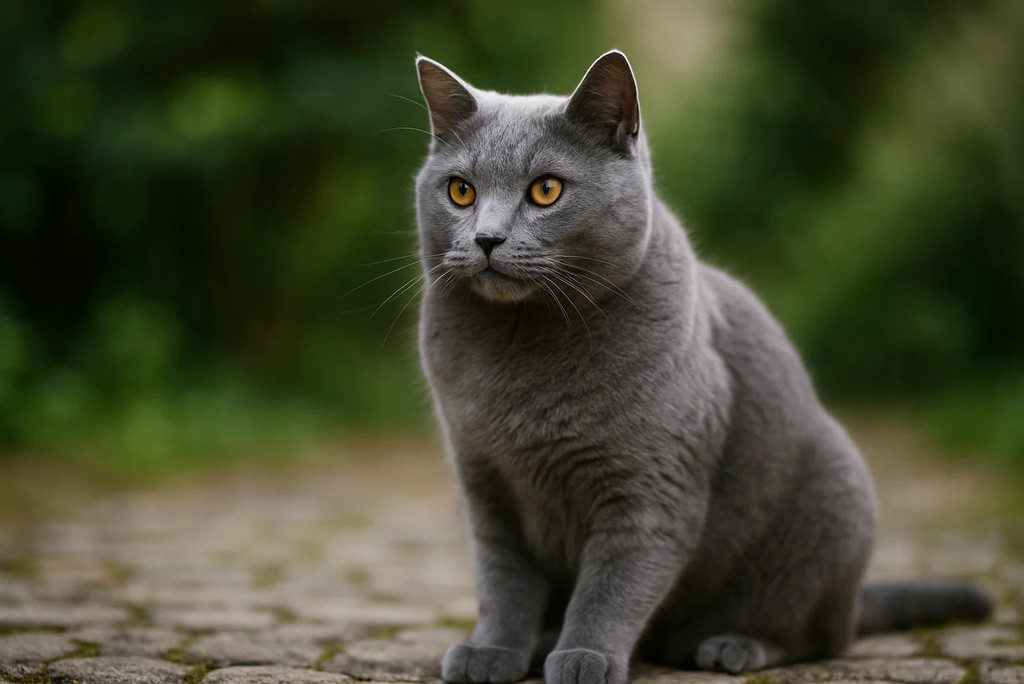
The Chartreux is a historic French breed prized for its woolly blue-gray coat and copper or gold eyes. They are known for their calm, affectionate personalities and quiet voices. Often described as “dog-like,” Chartreux cats enjoy following their owners and engaging in gentle play. Despite their centuries-old history, they are still rare beautiful cats, particularly outside Europe. Their resilience and easygoing nature make them ideal pets for families or individuals. For detailed breed information, visit The Cat Fanciers’ Association.
13. Ocicat
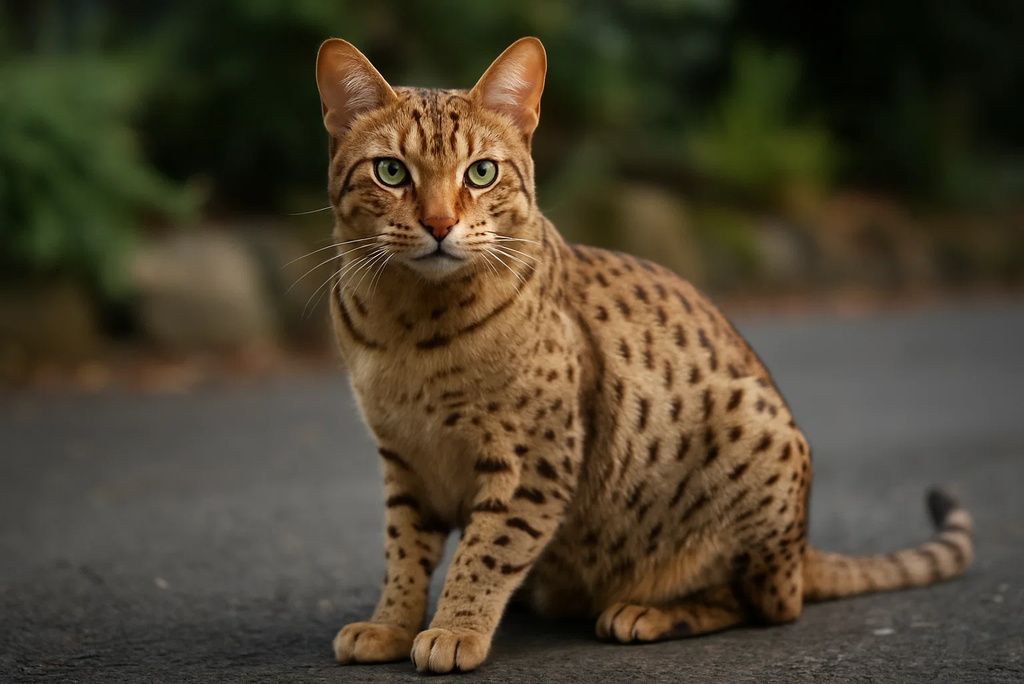
Although its name suggests wild ancestry, the Ocicat is entirely domestic, created by breeding Siamese, Abyssinian, and American Shorthair cats. This breed has a striking spotted coat reminiscent of wildcats but a friendly and playful temperament. Ocicats are highly social and thrive in environments with plenty of interaction. They are intelligent and can even be trained to walk on a leash or perform tricks. Though gaining popularity, they are still rare cute cat breeds in many parts of the world. More about their history is available at CFA’s Ocicat profile.
14. Burmilla
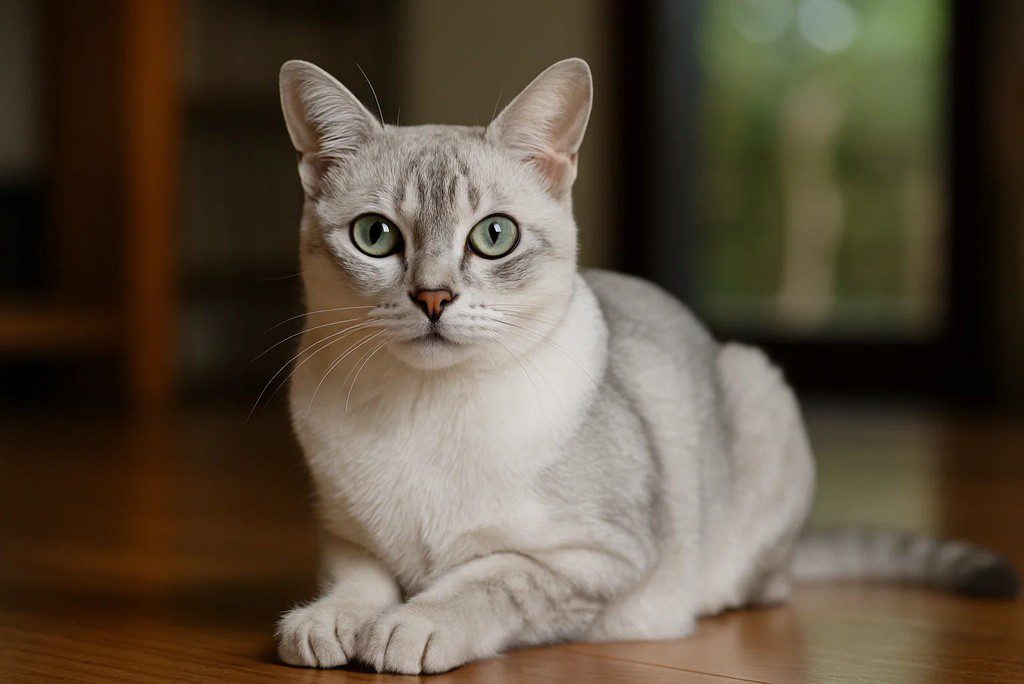
Developed in the UK in the 1980s from a cross between Burmese and Chinchilla Persians, the Burmilla is a beautiful cat with a silver-tipped coat and expressive eyes. These cats are affectionate, playful, and slightly mischievous, making them excellent companions for interactive homes. Burmillas are relatively low-maintenance and adapt well to apartment living. Despite their lovely appearance and temperament, they remain rare beautiful cats due to limited breeding programs. Learn more about the breed at GCCF.
15. Turkish Van
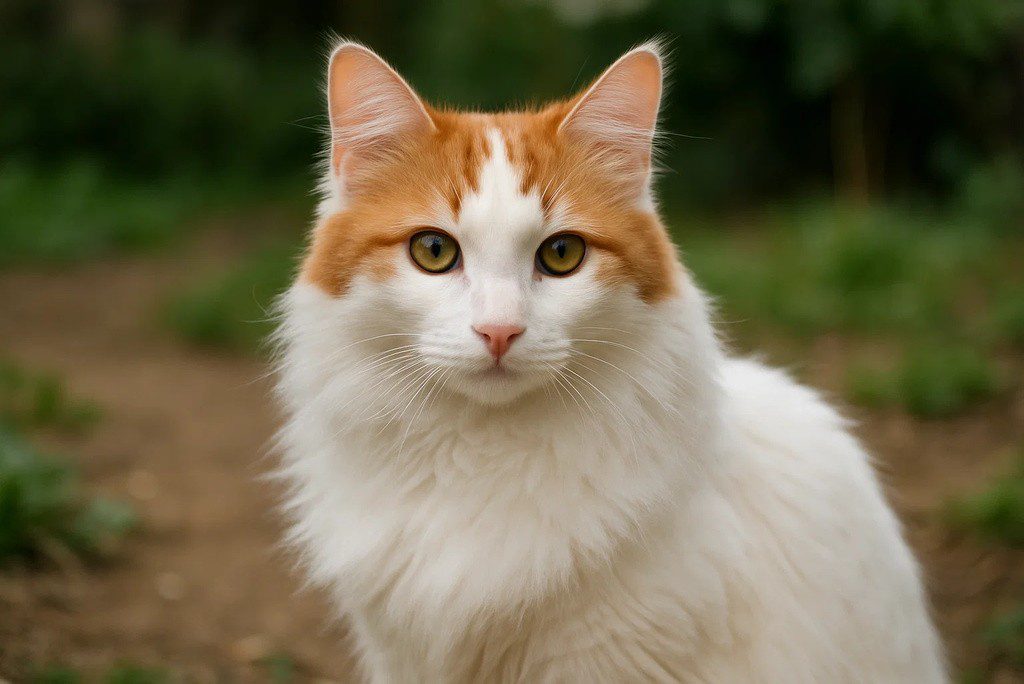
The Turkish Van is known for its unique “van pattern” coat—mostly white with colored markings on the head and tail—and its love of water. Originating from the Lake Van region in Turkey, these cats are energetic, athletic, and intelligent. Unlike most cats, they often enjoy swimming and playing in water. Their rarity stems from their limited geographic origin and controlled breeding programs. Turkish Vans are independent yet affectionate, making them a unique choice for active households. For more information, visit International Cat Care.
Disclaimer: This article is for informational purposes only and should not replace professional veterinary advice. Always consult a qualified veterinarian regarding pet care decisions.

